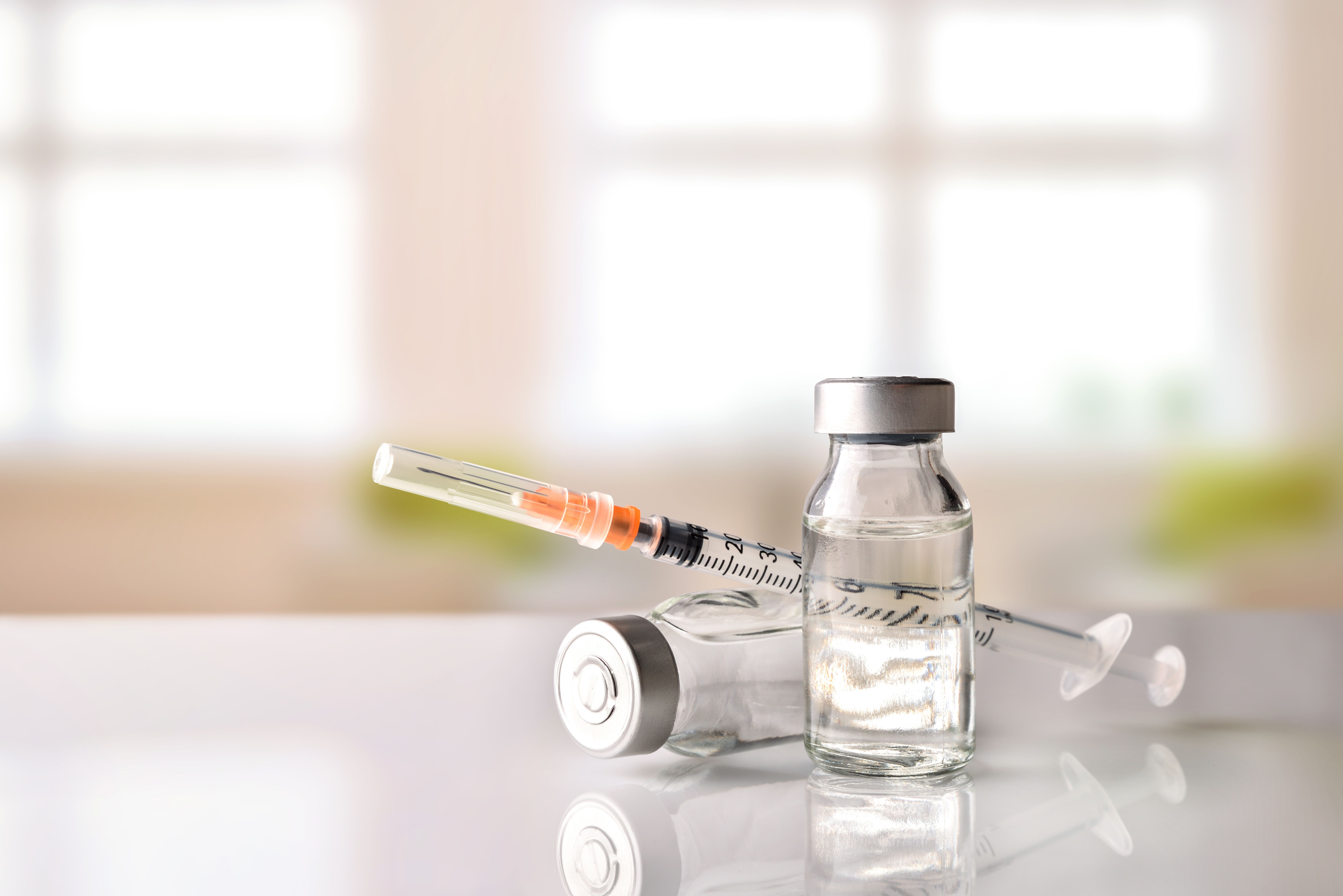Article
Financial Incentives Improve Blood Glucose Control Among Type 1 Diabetes Patients
Author(s):
Financial rewards may be an effective way to get young patients with diabetes to achieve blood glucose targets.
Monitoring blood glucose levels is crucial for patients with diabetes, as uncontrolled levels can result in adverse events and poor outcomes. Awareness of blood glucose levels can alter insulin doses, eating habits, and physical activity.
A good understanding of blood glucose levels is especially important for young patients with type 1 diabetes (T1D), since habits formed during early life likely carry throughout adulthood. Unfortunately, many studies have shown that glycemic control takes a hit during adolescence.
A new study published by JAMA Pediatrics suggests that financial incentives and monitoring tools may help young patients with T1D manage their condition.
While financial incentives have been shown to increase adherence among adults with chronic diseases, this approach has not been examined in younger patients, according to the authors.
The authors found that patients were nearly 3 times more likely to achieve glucose targets if they could earn up to $60 per month for doing so, according to the study.
These findings suggest that this may be an effective way to get younger patients with T1D to achieve blood glucose targets.
“Young people are often financially dependent on others, such as their parents, making financial incentives an attractive option for encouraging them to become more engaged in their own health as they move into adulthood,” said lead author Charlene Wong, MD. “Our results showed that offering a small monthly financial incentive significantly improved daily glucose monitoring, and suggests similar financial incentives could also be an effective way to improve management of other chronic health conditions in youth, such as medication adherence in those who have received transplants or have asthma.”
Included in the study were 90 patients aged 14 to 20 years with poorly controlled T1D. Patients were instructed to check their blood glucose levels at least 4 times per day with levels ranging from 70-mg/dL to 180-mg/dL. Glucose levels were collected by a wireless glucomonitor and transmitted to patients’ smartphones, according to the authors.
Patients could receive up to $60 per month, but $2 was subtracted when patients did not achieve blood glucose targets. After 3 months, the financial incentives were stopped and patients received feedback about their glucose levels.
The authors discovered that patients in the intervention group achieved goals approximately 50% of the time, while the control group did so only 18.9% of the time, according to the study.
Adherence to glucose monitoring goals was observed to decrease in both cohorts during the follow-up period in which financial incentives were discontinued for the intervention group. Despite an uptick in daily monitoring, blood glucose levels did not differ significantly between the groups throughout the study, according to the authors.
The investigators said that additional studies should explore the efficacy of financial incentives that are also linked to glycemic control. Additionally, since monitoring frequency dropped during the follow-up period, other methods to sustain outcomes should be examined, according to the study.
“Digital health applications and wireless devices are growing in popularity especially among younger populations, but there has been limited evidence on how these approaches can benefit those with chronic conditions,” said senior author Mitesh Patel, MD, MBA, MS. “This is one of the first studies to combine financial incentives with wireless glucometers and demonstrates that behavioral economic approaches show promise in helping youth to better manage their diabetes.”
Newsletter
Stay informed on drug updates, treatment guidelines, and pharmacy practice trends—subscribe to Pharmacy Times for weekly clinical insights.






